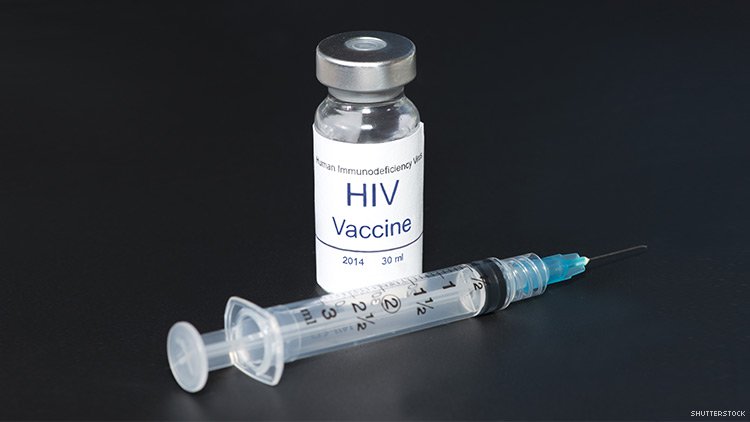They have identified an antibody that neutralizes 98% of HIV strains.
An antibody is a protein produced by the immune system in response to harmful pathogens, such as bacteria and viruses.
The antibodies are responsible for identifying and destroying these pathogens. They can do this by joining the pathogen and eliminating it, or by marking it that the white blood cells recognize it and destroy it.
The HIV is a virus that is able to change quickly and thus prevents the body’s immune defenses to recognize and destroy it.
This makes it difficult to develop an antibody that is capable of blocking the wide range of HIV strains that exist.
But now a group of American researchers have found an antibody against HIV, which could be the basis of a new vaccine against the virus.
The Researchers discovered the antibody, called N6, that is capable of recognizing the virus, even when it transforms, and destroying up to 98% of all tested HIV strains.
N6 has shown extraordinary amplitude and incredible power, even against strains traditionally resistant to antibodies.
It is even up to 10 times more potent than VRC01, an antibody of the same class as N6, which is already being tested in phase II clinical trials in human patients, and which has been shown to be able to protect monkeys against HIV for almost six months
The VRC01 antibody is capable of preventing up to 90% of HIV strains from infecting human cells.
When the researchers exposed N6 to 181 different strains of HIV, it was possible to destroy 98% of them, including 16 of 20 strains resistant to other antibodies of the same class.
Why is this new antibody so effective?
It seems that the key is that N6 joins the less changing parts of HIV, that is to say those parts that are practically the same among the different strains.
By joining these more consistent parts of HIV, N6 is able to prevent HIV from attaching to a host’s immune cells and attacking them. What makes HIV positive people vulnerable to developing AIDS.
They also found that mutations in the HIV virus that makes them resistant to N6 appear very rarely. Which means that the virus cannot respond to this antibody as quickly as it does with other antibodies developed earlier.














